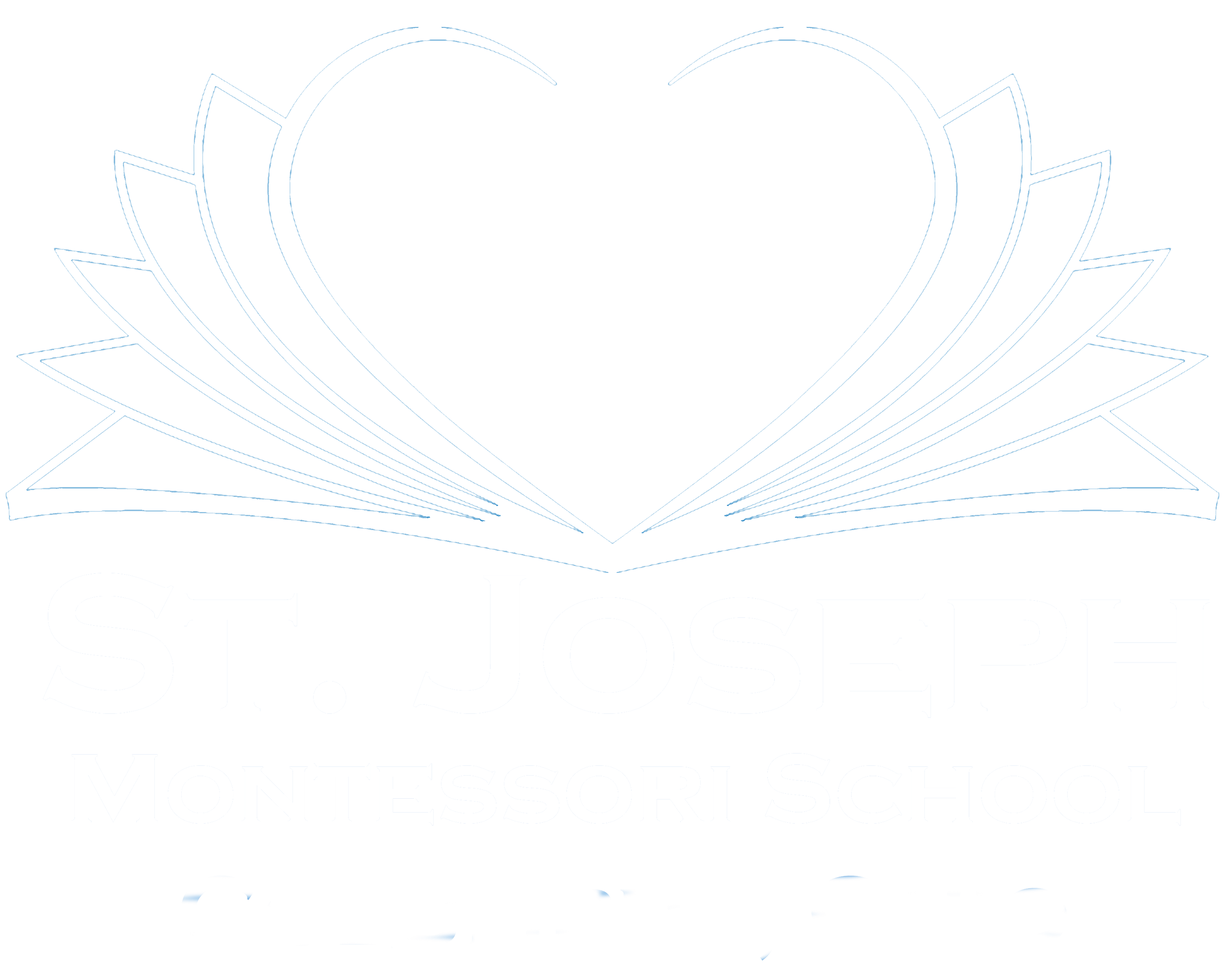Nurturing Creativity and Individuality in Art Education
Nurturing Creativity and Individuality in Art Education
In the realm of education, three distinct approaches converge for their dedication to nurturing creativity, fostering individuality, and encouraging holistic development. These approaches are Montessori, Art Education, and the philosophy of Rudolf Steiner. While each of these methods has its unique principles and goals, they share a common thread of valuing the creative spirit and holistic growth of a child. In this blog post, we will explore the harmonious relationship between Montessori education, art, and the philosophy of Rudolf Steiner. 🌱🎨🌼
“Imagination does not become great until human beings, given the courage and strength, use it to create.”
Fostering Independence and Creativity
Montessori education, developed by Dr. Maria Montessori, places a strong emphasis on nurturing a child's independence and creativity. In a Montessori classroom, children are encouraged to explore their own interests and learn at their own pace. The environment is often filled with a wide variety of hands-on materials that allow children to engage in self-directed learning. This approach not only fosters creative thinking but also encourages children to take ownership. 🌟
Art and creativity are integral components of the Montessori method. Children are given opportunities to express themselves through various artistic activities such as painting, drawing, origami and sculpture. Art materials are readily available, and the creative process is valued over the end product. This approach not only allows children to develop their artistic talents but also enhances their problem-solving skills, critical thinking, and imagination. 🖌️🌈🧠
Unleashing Creative Expression
Art education is a powerful tool for nurturing creativity and self-expression. Art classes provide children with a safe and supportive space to experiment with various mediums, techniques, and forms of artistic expression. The process of creating art allows children to explore their emotions, ideas, and perspectives. Through practicing various art techniques, they learn to communicate and problem-solve, developing vital life skills. 🎭🤗🎨
Aligning seamlessly with the Montessori philosophy, Art education reinforces the values of exploration, self-directed learning, and respect for individuality. Especially at SJMS, children can engage in a wide variety of art projects that cater to their interests and encourage them to express their unique voices. 🌟✨
“Joy in living, a love for all existence; such are among the life long results of a right cultivation of the feeling for beauty and for art.”
Holistic Education and Art
Dr. Rudolf Steiner, the founder of Waldorf education, believed in a holistic approach to education that fosters the development of the whole child – mind, body, and spirit. His philosophy places a strong emphasis on art as a means of cultivating creativity and imagination. In a Waldorf school, children engage in artistic activities that harmonize with their developmental stages, helping them grow physically, emotionally, and intellectually. 📚🎨🍎
Steiner's unique approach integrates a variety of art forms, such as eurythmy, painting, and handwork, into the core of the curriculum. These creative endeavors not only awaken the spirit of creativity but also serve as a transformational force, elevating cognitive development and emotional well-being. In every brushstroke, dance step, or handcraft, we witness the magic of artistic expression shaping young minds. Inspiring imagination! 🌻🌿🎭
The Synergy of Montessori, Art, and Rudolf Steiner
Montessori education, art education, and the philosophy of Rudolf Steiner share a common vision of empowering children to be creative, self-motivated, and confident individuals. The harmonious relationship between these educational approaches is evident in their shared commitment to nurturing creativity, encouraging individuality, and fostering holistic development. By embracing the principles of Montessori, integrating art into the curriculum, and drawing inspiration from Steiner's philosophy, we can provide children with a well-rounded and enriching educational experience that celebrates the essence of childhood and the boundless potential of each young artist. 🌟🎨🌱🧒👩🏫



